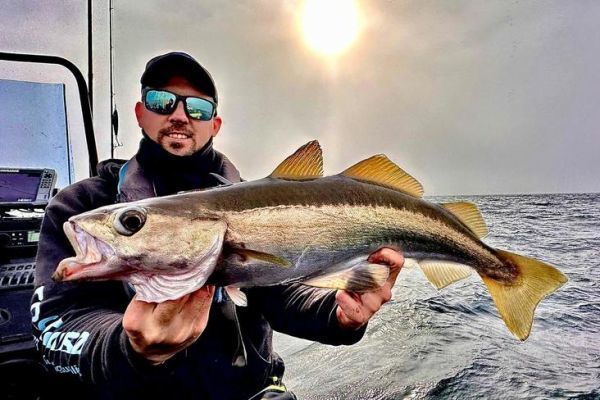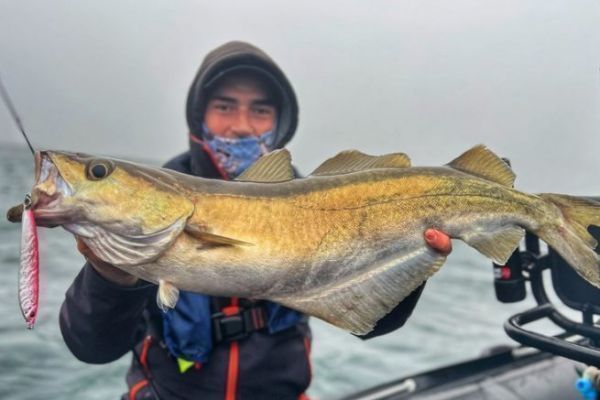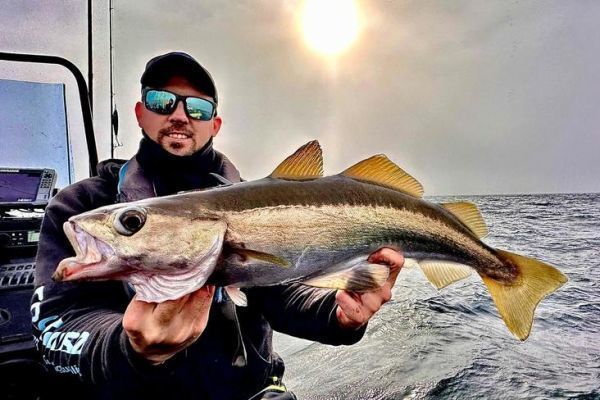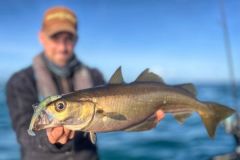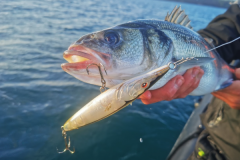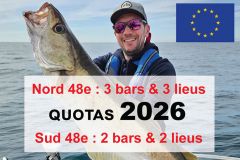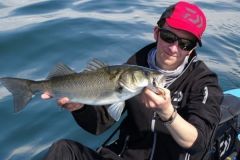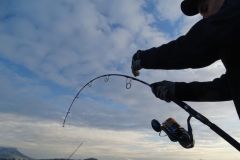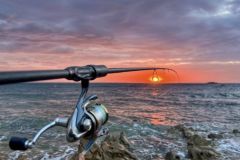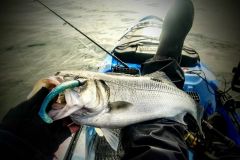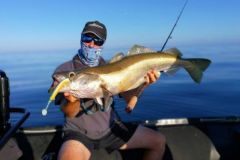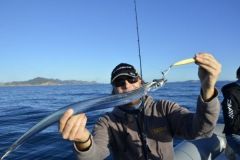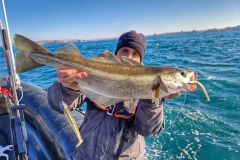Knowing the habits of the yellow spot
This fish is one of the most sought-after by sea anglers, even if sea bass is the noble species to catch. It is a schooling species, often consisting of several individuals of identical size. It prefers places sheltered from the current, such as rocky plateau drop-offs, wrecks and other shelters like scree slopes.
Sandbanks and gravel pits are also favorite spots. On the other hand, this fish does not do well in strong currents. You will very rarely find it in more current, but always under cover.
Its diet consists mainly of small fish (sandeel, sardine, sprat) depending on the season, as well as a few crustaceans.
Rocky plateaus
Probably the most commonly targeted spot for pollock fishing. Here, you'll want to go for the drop-offs on the plateau or on the outer edges of the plateau, where the current is weakest.
On your nautical chart, locate bathymetric lines that are very close together. The closer they are, the greater the drop-off. These are excellent places to find yellows.
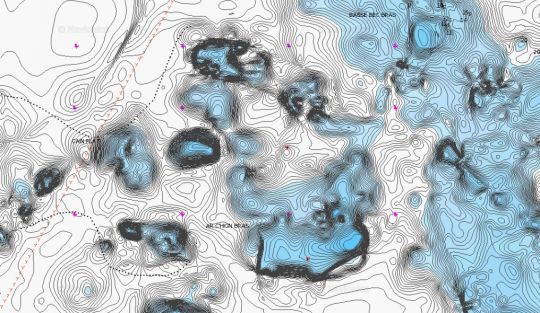
Wrecks
These heaps of scrap metal lying on the ocean floor are undoubtedly the spots to target for record fish. Often deep, they require the use of heavier than normal lures. Visit jigs are particularly well suited because of their high density and rapid descent to the bottom. In the English Channel, the best wrecks to locate are generally above 40 meters.
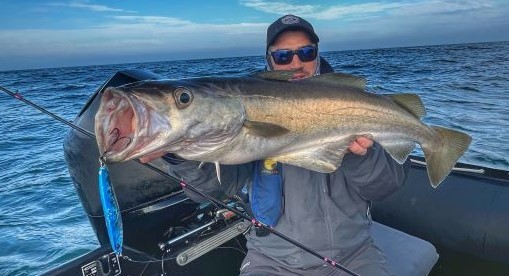
These are small spots. The best time to get there is during slack tide. The current will be weaker and the drift speed lower.
They are marked on the cards with a characteristic symbol.
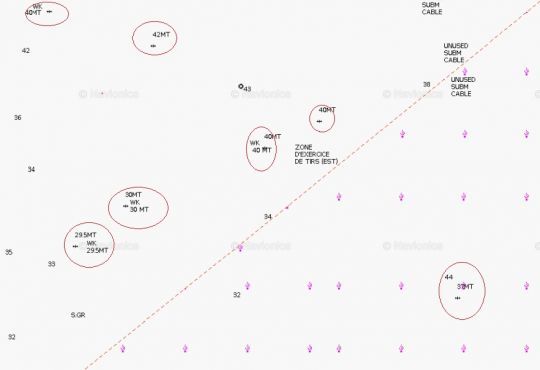
Sandbanks and gravel pits
Probably the most difficult spots to locate. These places are not easy to visualize on a map, so you'll have to make do with variations in sedimentation. However, they provide excellent results and, given the difficulty of locating them, fishing pressure will be lower and the chances of good catches greater.
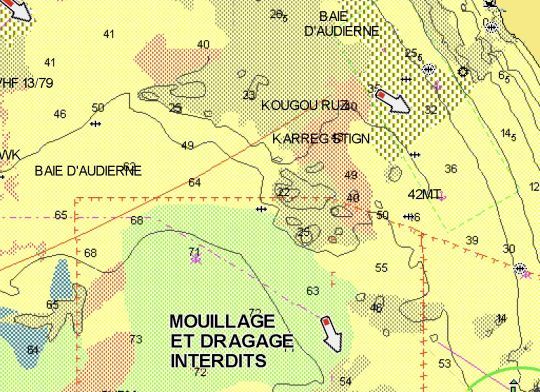
In spring, they are home to numerous shoals of sandeels, a prey of choice for yelloweye, but not only. You'll be sure to catch a nice sea bass or pike-perch attracted by this abundant food. Here, the use of a jig will enable you to catch a wide variety of species.
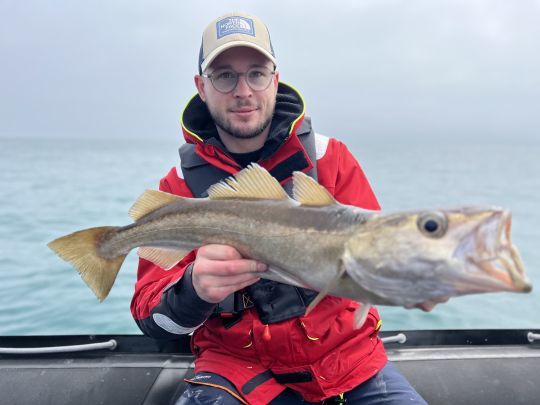
I enjoy fishing these spots in low coefficients. The current will be weaker there.
In case of strong currents, they leave the area to take shelter elsewhere. Given the absence of a structure, fish will be directly exposed to it.
Tidal moment
It's important to take the time of the tide into account for a successful outing. The pollack is a fish that tires easily, unable to fight strong currents.
Tidal slack water (1 h 30 before and after) are the best times. ll still requires some current to carry the prey. A coefficient close to 60 is also recommended.

 /
/ 